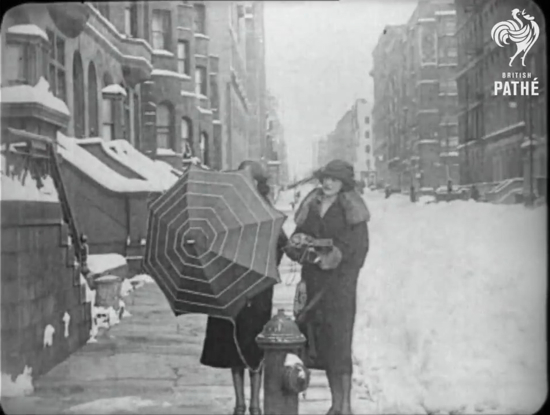Welcome To Steampunk
Victorian Technology


While attempts at radio-like transmissions began in the 1830 Guglielmo Marconi successfully transmitted and received what would come to be called radio in 1894.
The above picture is a type of crystal radio two-way transceiver that acted like a cell phone.
P. Aloysius Regnad
The spark gap transmitter is basically a radio frequency broadband noise generator, that includes a tuned circuit (made from what would probably have been called a coil, and condenser, back then) to try and select out a single frequency. It beat nothing, but not by much. Putting such a device on the air today will get you a hefty fine.
The Rotary Spark Gap was a bit of an improvement. At least it was more efficient. The idea was to spin some contacts around (using some kind of motor), and get lots of separate sparks whose energies could be combined. This led to the timed, or synchronous, spark gap, which could be tuned, more or less, to a desired frequency. Timed spark eventually evolved to a point where it rivaled the signal quality of a transmitting alternator, but I think alternators, and the people involved with their development, deserve a discussion of their own.
Sep 4, 2017
P. Aloysius Regnad
The crystal radio is one of the oldest, and simplest forms of receiver. It has very few components, and (here's the good part) can still be used today to receive signals in the AM Broadcast Band!
https://www.midnightscience.net/
Is a good place to get familiar with the concepts. They even have some free plans, and if you can't find the parts, they have those too, as well as complete kits. They used to have more, but... Oh well.
There's also
http://www.peeblesoriginals.com/index.php
Kits, cat's whisker detectors, and more.
Another site...
http://www.crystalradio.net/
It looks like it hasn't been updated in ages, but has plenty of info.
I'll toss out a few tips, in case anyone's interested.
1) You really need the "crystal earphone", or some other type of high impedance listening transducer. Earphones for modern electronic devices are low impedance, and will offer poor results, if they work at all.
2) A good ground is a must! This can be a metal (not PVC) cold water pipe, or a metal rod driven as far into the ground as possible. (If you live near a body of water (swimming pools don't count) you can toss your ground wire into it. Just be sure it sinks.) The "safety ground" (third prong) found on electrical outlets shouldn't be used. It can work, but can also introduce noise, and if there's a fault in the wiring, using it could be hazardous!
3) For the antenna, the oldest rule still works best. Get as much wire as high into the air as possible.
4) The detector (or crystal, from which the receiver gets its name) is very important. It has to perform the electrical function of rectification, and still show as low a resistance, or forward voltage drop, as possible. The standard fallback is the 1N34 germanium diode, but there are "hotter" diodes around, if you can find them. And one can always build, or buy, a genuine "cat's whisker" mineral detector. (If you're an experienced experimenter, you could try using an Electrolytic Detector, also called a "Liquid Barretter", but these use acids, so care must be taken.)
You really can still hear radio broadcasters with a crystal set, especially after sundown. I have several, although I haven't used them in a long time.
Sep 4, 2017
Captain
Tesla vs Marconi?
As early as 1892, Nikola Tesla created a basic design for radio. On November 8, 1898 he patented a radio controlled robot-boat. Tesla used this boat which was controlled by radio waves in the Electrical Exhibition in 1898, Madison Square Garden.
Tesla's robot-boat was constructed with an antenna, which transmitted the radio waves coming from the command post where Tesla was standing. Those radio waves were received by a radio sensitive device called coherer, which transmitted the radio waves into mechanical movements of the propellers on the boat.
Tesla changed the boat's direction, with manually operated controls on the command post. Since this was the first application of radio waves, it made front page news, in America, at that time.
Most of us, think of Guglielmo Marconi as the father of radio, and Tesla is unknown for his work in radio. Marconi claimed all the first patents for radio, something originally developed by Tesla. Nikola Tesla tried to prove that he was the creator of radio but it wasn't until 1943, where Marconi's patents were deemed invalid; however, people still have no idea about Tesla's work with radio.
Sep 28, 2017